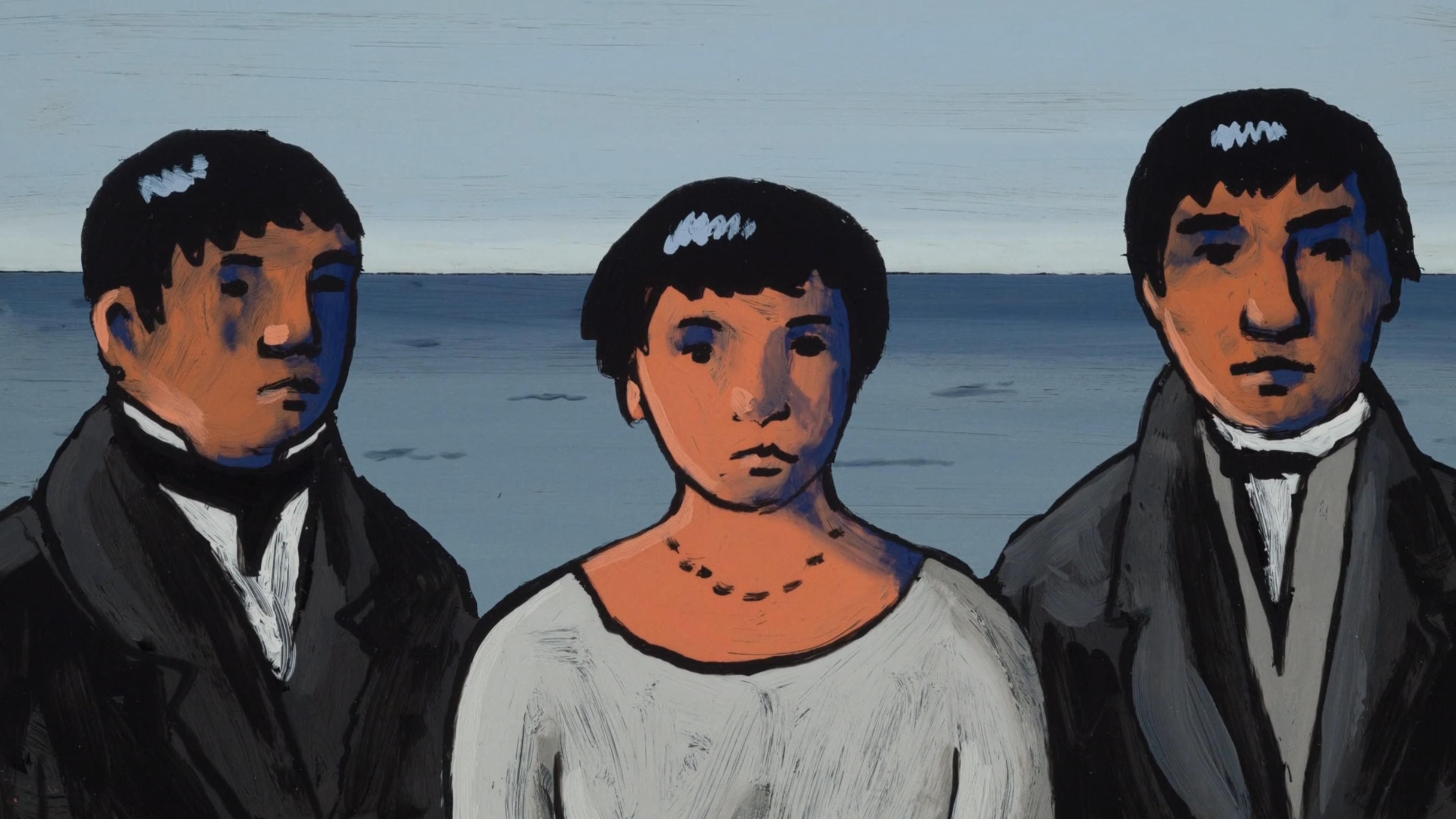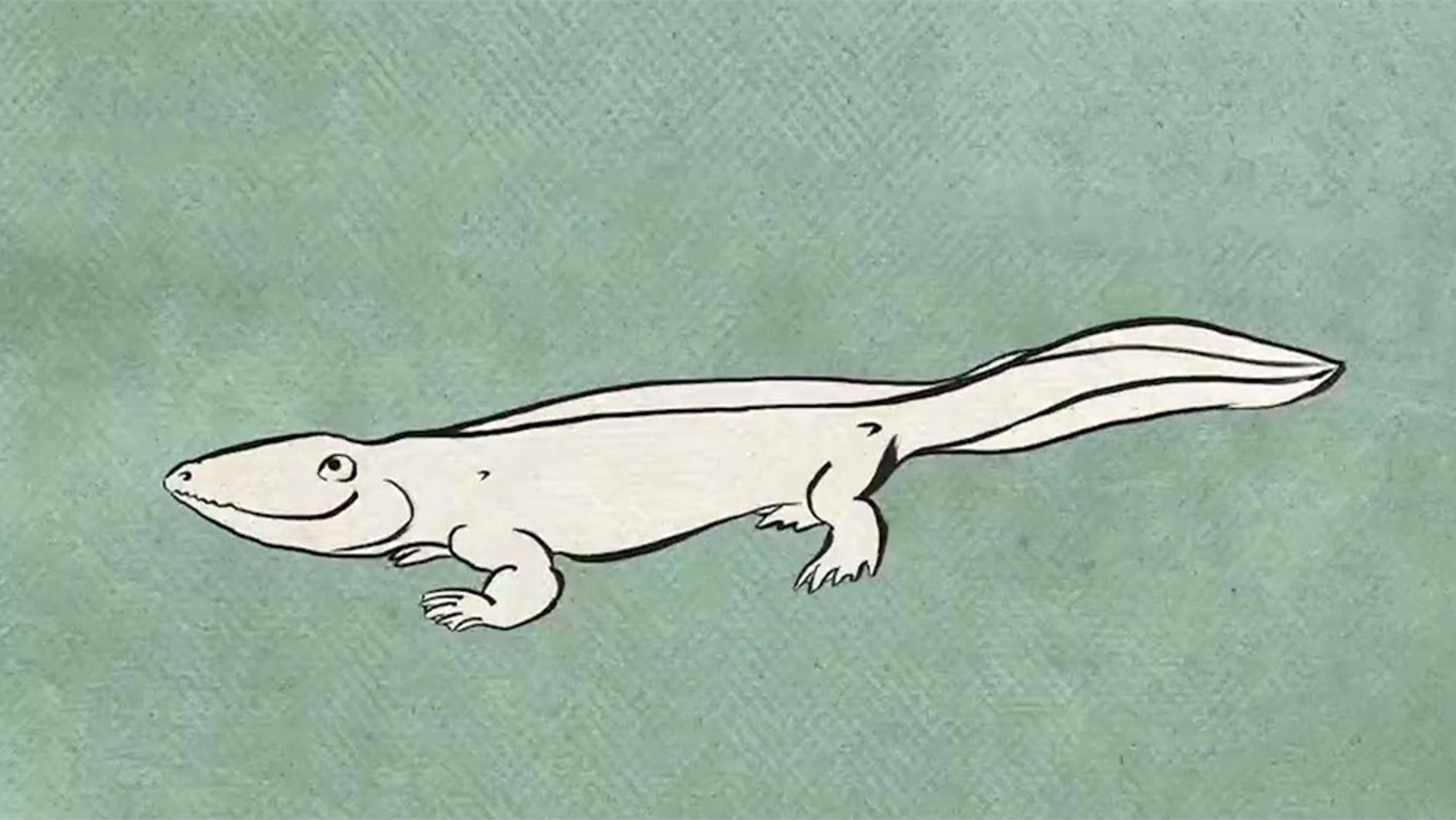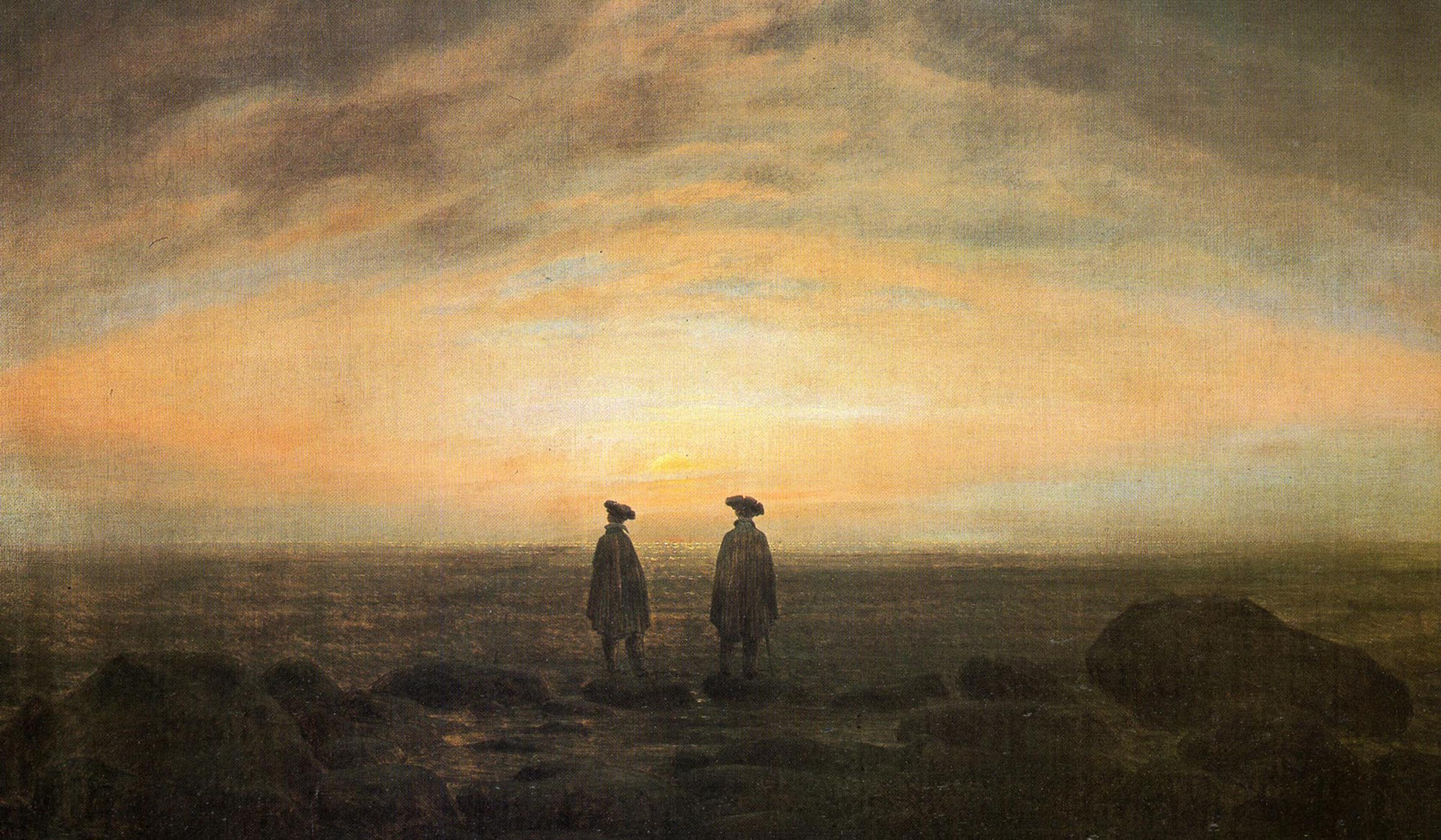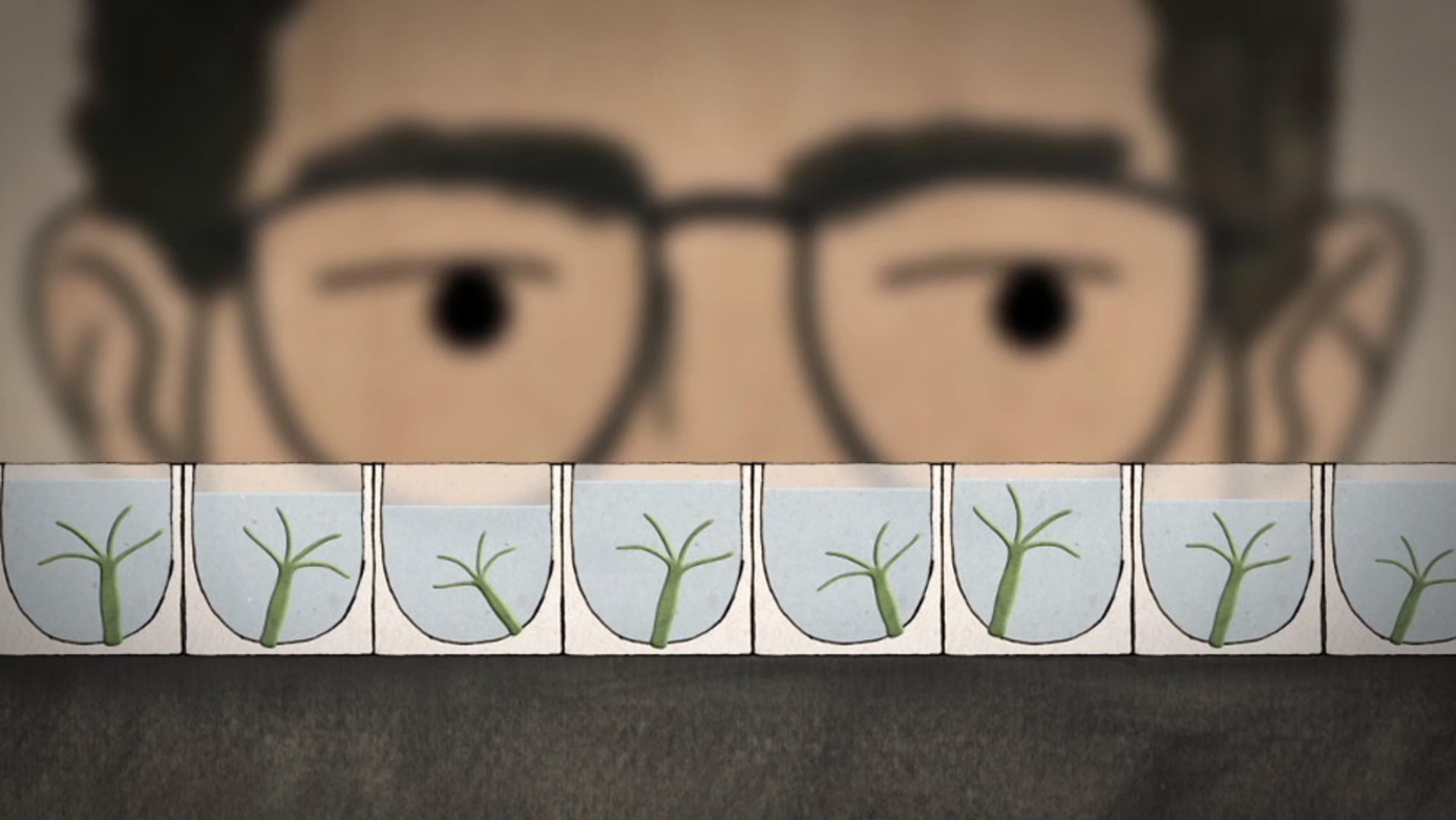Charles Darwin’s The Variation of Animals and Plants under Domestication was published in 1868, nine years after On the Origin of Species. Among a number of topics related to domestication and heredity, the book asked why tamed animals tend to have floppier ears, shorter snouts and lighter, blotchier skin than their wild counterparts – a set of traits he referred to as ‘domestication syndrome’. The question went unanswered during Darwin’s lifetime but, as this animation from NPR’s Skunk Bear reveals, scientists might have recently discovered the answer hiding in the cellular makeup of domesticated animal embryos.
Why do domesticated animals tend to have floppy ears, short snouts and lighter skin?
Video by Skunk Bear
Producers: Adam Cole, Ryan Kellman
23 February 2018

videoGlobal history
The story of the captives transported on the HMS Beagle with Darwin
9 minutes

videoSocial psychology
Don’t misread Darwin: for humans, ‘survival of the fittest’ means being sympathetic
5 minutes

videoHuman evolution
Could grandmotherly love help to explain how we became human?
3 minutes

videoHuman evolution
Human to fish, and back again: a brisk walk through our evolutionary history
1 minute

videoHistory of ideas
The self is not always selfish: Mary Midgley takes on Richard Dawkins
28 minutes

videoEvolution
Watch as the whale becomes itself: slowly, slowly, from land to sea, through deep time
10 minutes


